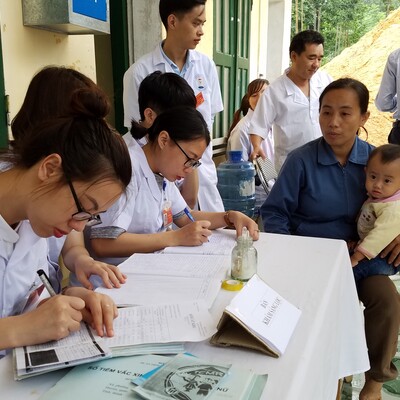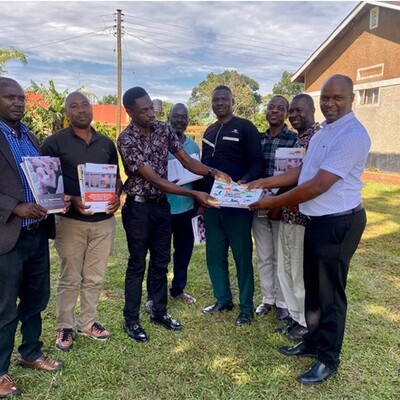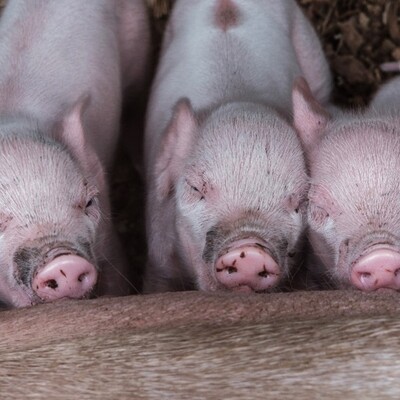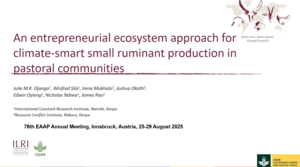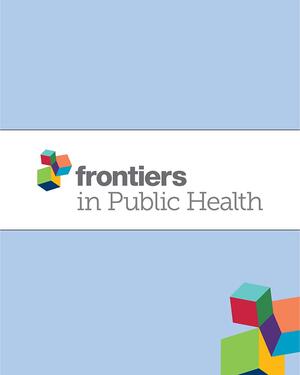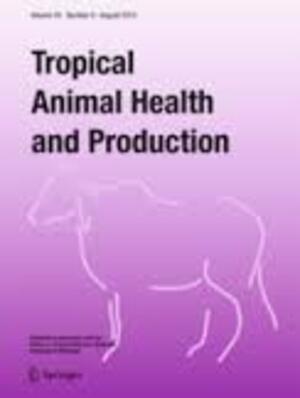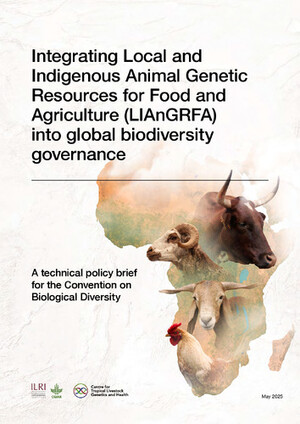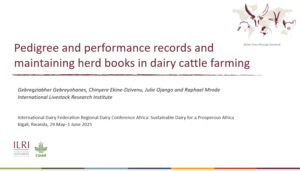
Ethiopia exchange visit shares lessons on forage development for Zimbabwe
This post was written by Saba Ermyas and edited by Paul Karaimu.
Crop farming and livestock production are the major sources of livelihood for smallholder farmers in Zimbabwe. Most farm animals are reared in low rainfall areas where more than 75% of farmers rely on cereal crop residues as feed supplements. But these residues are low in nutrition and inadequate to maintain animal health.
Poor-quality feeds and inconsistent feed supply are major constraints in livestock production in sub-Saharan Africa. In Zimbabwe, for example, forage seed production is not well established and only three of the 45 seed production companies in the country focus on forage seeds. Understanding and managing forage diversity is essential for the development of new forage resources to alleviate animal feeding constraints and maintain diversity in forage/pasture ecosystems.
Since 2019, the Livestock Production Systems in Zimbabwe (LIPS-Zim) project has been working to increase the adoption of climate-smart livestock innovations. As part of these efforts, the project is looking for ways to contribute to the government of Zimbabwe’s greenbelt plan to revamp the livestock sector. Development of the forage sector plays a significant role in achieving this plan.
On 20-24 June, Zimbabwean scientists visited the feeds and forage sector in Ethiopia to learn the best practices that have contributed to the sector’s success there, and share experiences. Grace Tambo, a research officer at the Zimbabwe Department of Research and Specialist Services (DR&SS), Calisto Gwatirisa of the Makoholi Research Institute, and Irenie Chakoma, a scientist at the International Livestock Research Institute (ILRI), visited the ILRI genebank in Addis Ababa, the Holeta Agricultural Research Center, the Anatoli Seed Company, a seed processing unit at the Ethiopian Meat and Dairy Industry Development Institute in Bishoftu, and a smallholder farmer in the town. The visitors also interacted with the Africa RISING program team and other teams working in livestock development in Ethiopia.
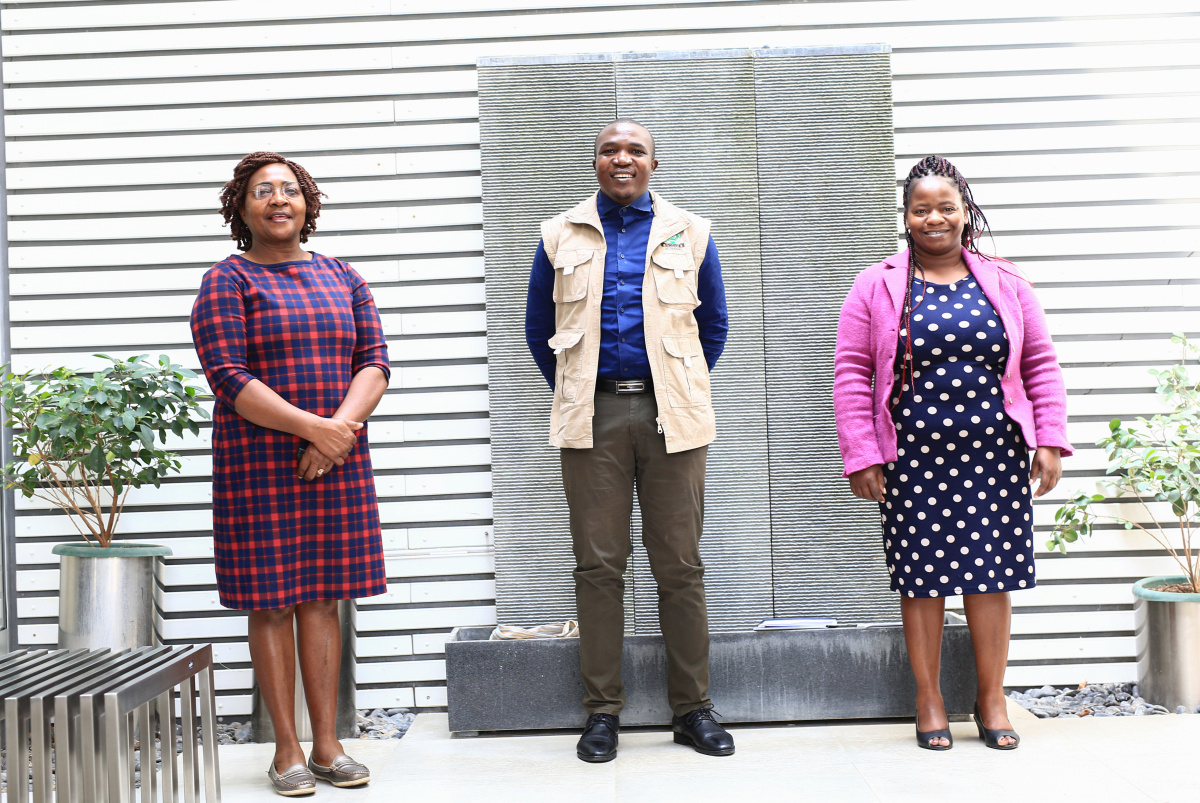
Irenie Chakoma(left), Calisto Gwatirisa (centre) and Grace Tambo (right) pose for a photo on the first day of their Ethiopia visit (photo credit: Apollo Habtamu/ILRI).
The visit helped in identifying opportunities for collaboration and scaling out feeds and forage innovations in Zimbabwe. The key takeaways of the visit include understanding of the roles of farmers’ cooperatives to upscale forage production; smallholder forage seed processor associations to manage the value chain and grow the sector; the need for a strong partnership between government, private sector, and research institutions; and the importance of developing information education communication (IEC) materials for awareness creation beyond the project period.
I saw a different model where private forage seed producers are supported by local research institutes and ILRI projects through training and conducting viability tests, said Tambo.
She said Ethiopia’s vibrant feed and forage sector was relevant and many of the forage types can be successfully grown in Zimbabwe’s subtropical climate.
Chakoma said the team learned the importance of putting in place exit strategies for projects to ensure their sustainability. ‘Training private seed producers and using innovation platforms for farmers, value chain actors, and local government institutions to identify local feed challenges and solutions is especially important,’ she added.
Gwatirisa said the visit gave him a ‘new perspective and ideas for further research.
I witnessed how projects and research institutes are positively contributing to the sustainability of projects, and partnering with communities from the start so they understand and contribute knowledge and making local authorities custodians of knowledge generated from projects.
ILRI genebank
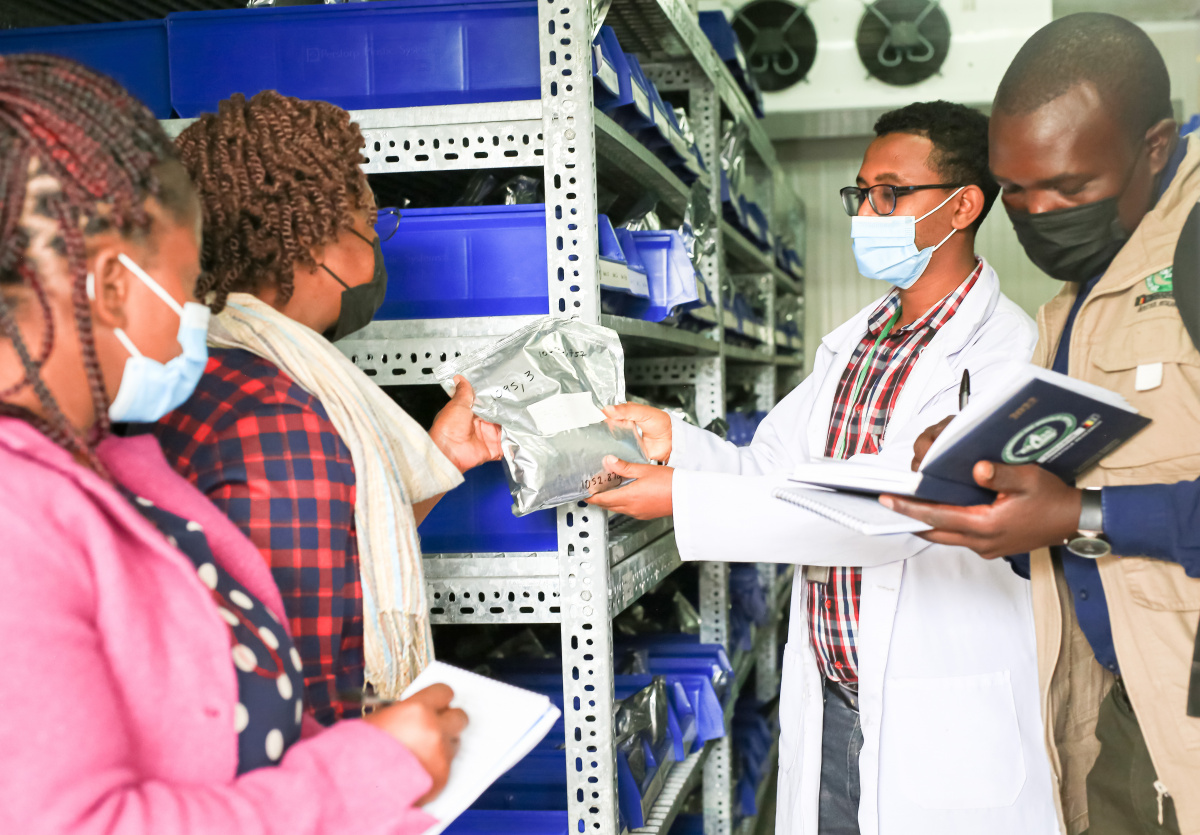
DR&SS and ILRI team visits the ILRI genebank in Addis Ababa (photo credit: Apollo Habtamu/ILRI).
The ILRI genebank conserves approximately 19,000 accessions of over 1,000 species of forages. It has the most diverse collections of forage grasses, legumes, and fodder tree species held in any genebank in the world. The team was taken through the processes of receiving new accessions from cleaning, characterization to storage. The group also visited the germination laboratory that supports the genebank with evaluation of seed viability and breaking of dormancy, and at the mycology, virology and phytoplasma laboratories, the visitors saw how seed health is assessed prior to storage and distribution. Also, the group visited a laboratory where nutritional characterization of forage accessions is assessed, and conservation, regeneration, and demonstration sites (open field and greenhouse) to learn about performance of some forage varieties. Later, they attended a lecture on how to access forage germplasm of interest through the Grin-Global database and Genesys, and learned about the use of the tropical forage selection tool to select accessions based on environmental attributes.
Holeta Agricultural Research Center
The Holeta Agricultural Research Center is Ethiopia’s oldest and largest agricultural research centre. Here the team learned about engaging farmers and value chain actors to identify research gaps and the close working relationship between government institutions at federal, regional, district, and village levels. The forage research and variety release process in Ethiopia was also explained to the team.
Anatoli Seed Company
Staff at the Anatoli Seed Company, a forage seed producer, explained the business of forage seed production and how engaging with farmers, government and research institutes is contributing to farmer adoption of high-quality fodder varieties.
Ethiopian Meat and Dairy Industry Development Institute
At the Ethiopian Meat and Dairy Industry Development Institute’s 210 ha farm in Bishoftu, seed regeneration and multiplication processes were demonstrated. The institute is well equipped with seed processing machines such as seed graders, gravity separators, and nutritional labs, among other facilities.
Solomon Teferi’s farm
Solomon Teferi, a smallholder dairy and fodder farmer in Bishoftu, owns four crossbreed dairy cows (Holstein-indigenous) yielding around 20 litres of milk per day. He sells milk to a collection centre at USD0.70 per litre. The cows rely on the fodder he produces. He and other smallholder farmers receive extension services from the government and training support from ILRI. They participate in innovation platform meetings to discuss common challenges, identify market opportunities and adopt context-specific innovations.
Experience sharing with the Africa RISING team
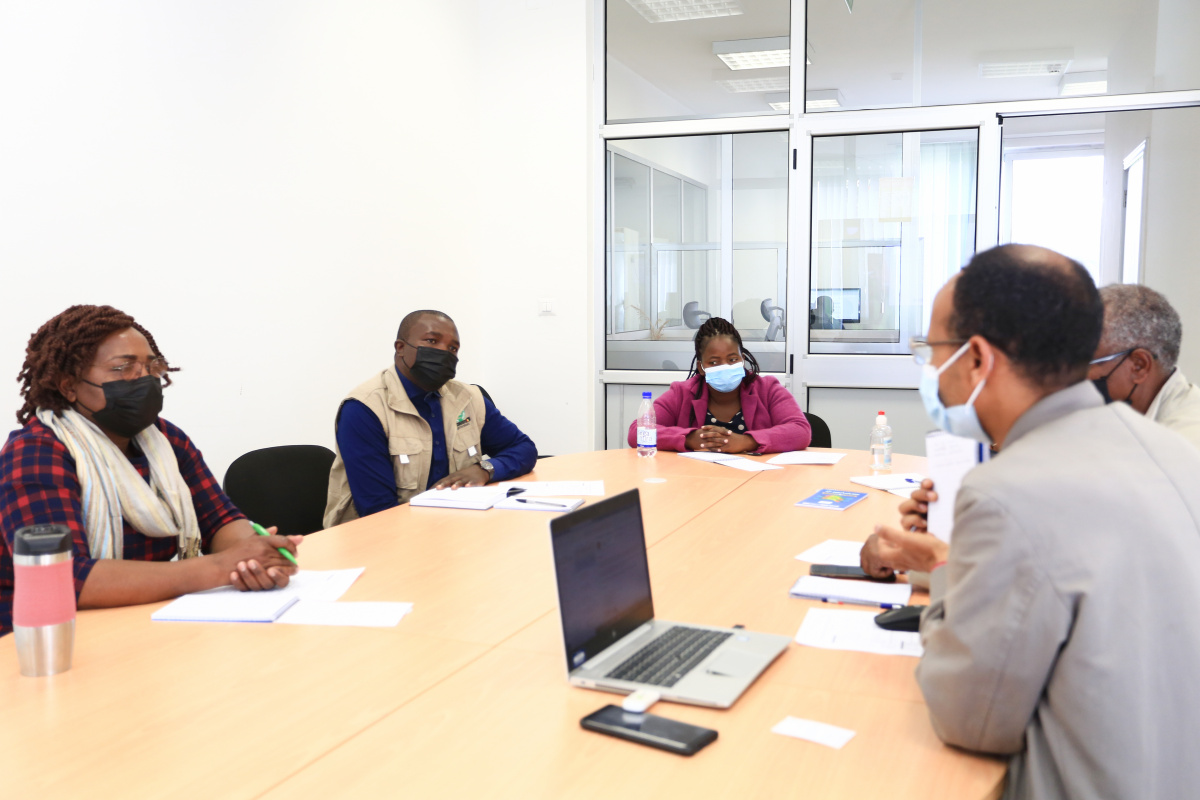
Zimbabwean delegates sharing experience with the Africa RISING team (photo credit: Apollo Habtamu/ILRI)
On the fourth day of the visit, the Zimbabwean delegates shared experiences of feed and forage research and development in Zimbabwe with the Africa RISING Ethiopian highlands feed and forages research team. Among the topics discussed was the greenbelt program that is derived from Zimbabwe’s livestock growth plan blueprint. The plan is to move fodder and forage development initiatives from small pasture demonstration plots historically done at research institutes to farm fields hosted by lead farmers. The lead farmers will cascade training on fodder production, utilization, and seed multiplication to other farmers, whilst putting all lessons into practice.
The Africa RISING team shared experiences of on-farm research that is evaluating and promoting different feed and forage development technologies in Ethiopia.
Following this exchange visit, the Zimbabwe researchers will work toward identifying forage farmers who can engage in seed production as a business, setting up a smallholder seed processors association, and introducing forage seed production. They will also explore ways of using the tropical forage assessment tool, setting up irrigation facilities, conducting an inventory of forages in Zimbabwe, and getting accessions from ILRI for trials in the country.






